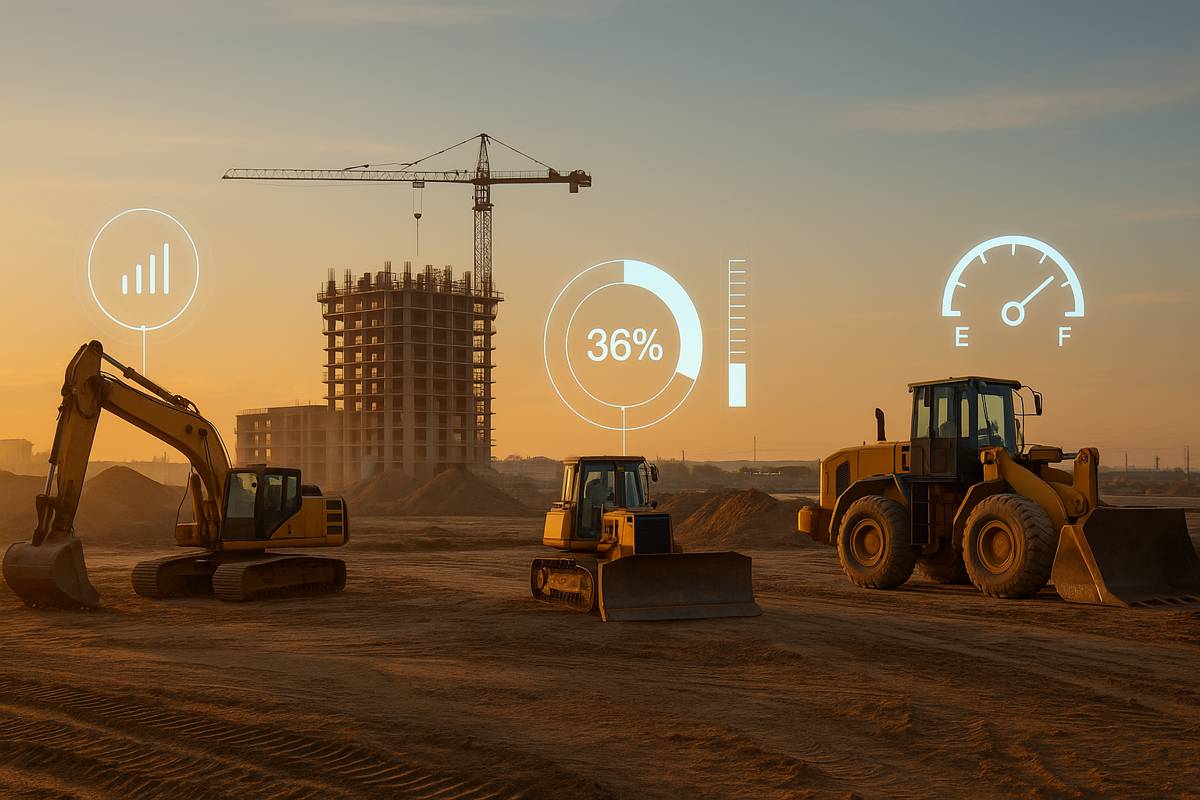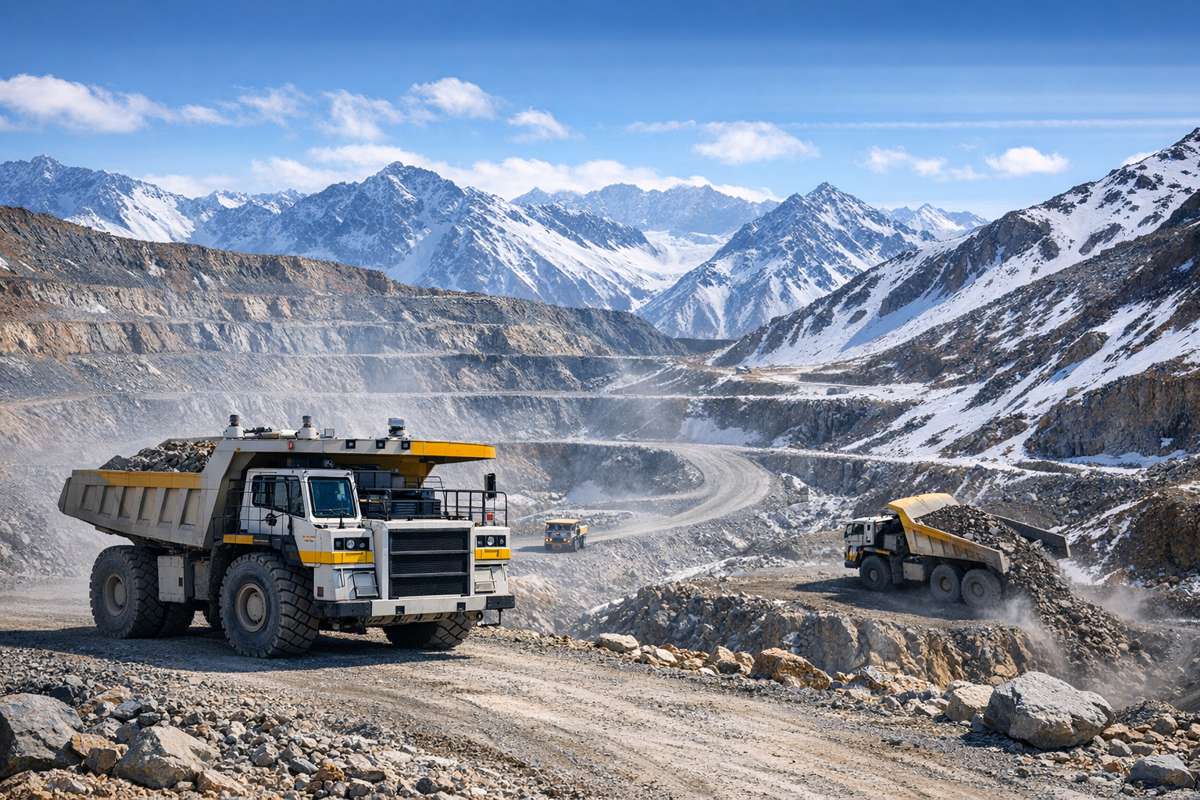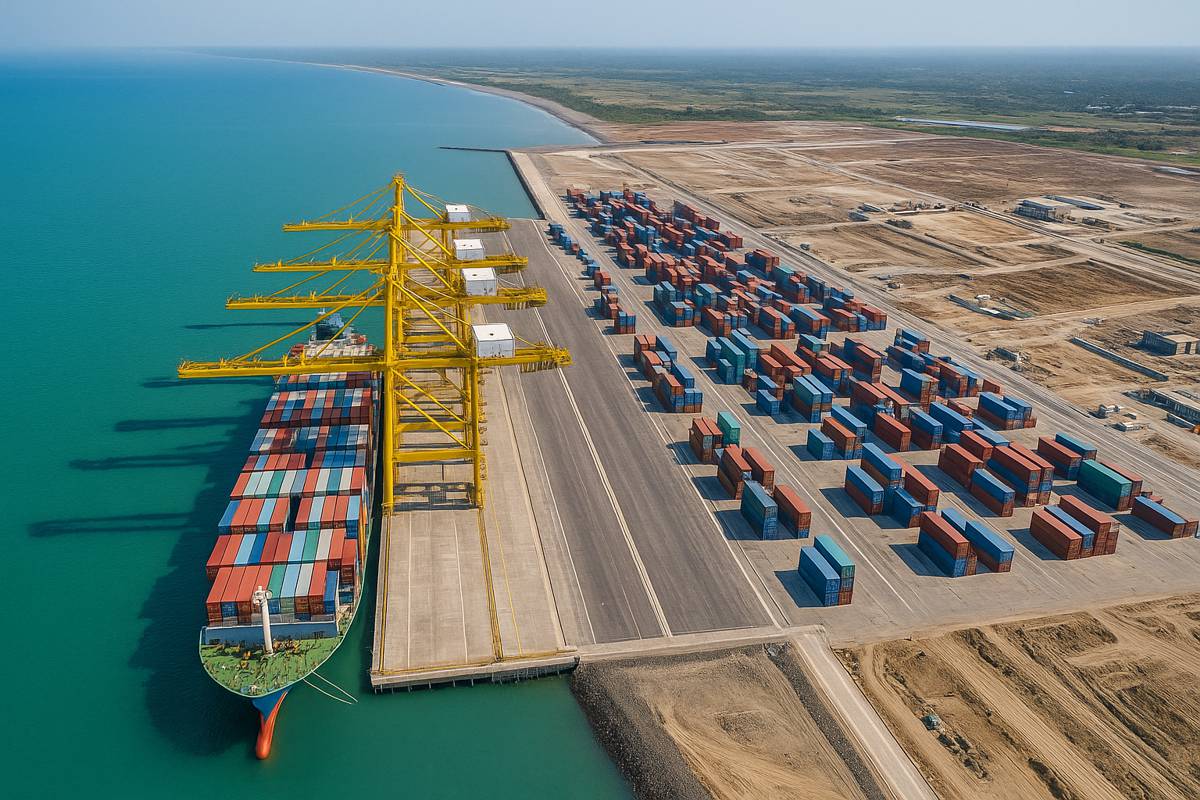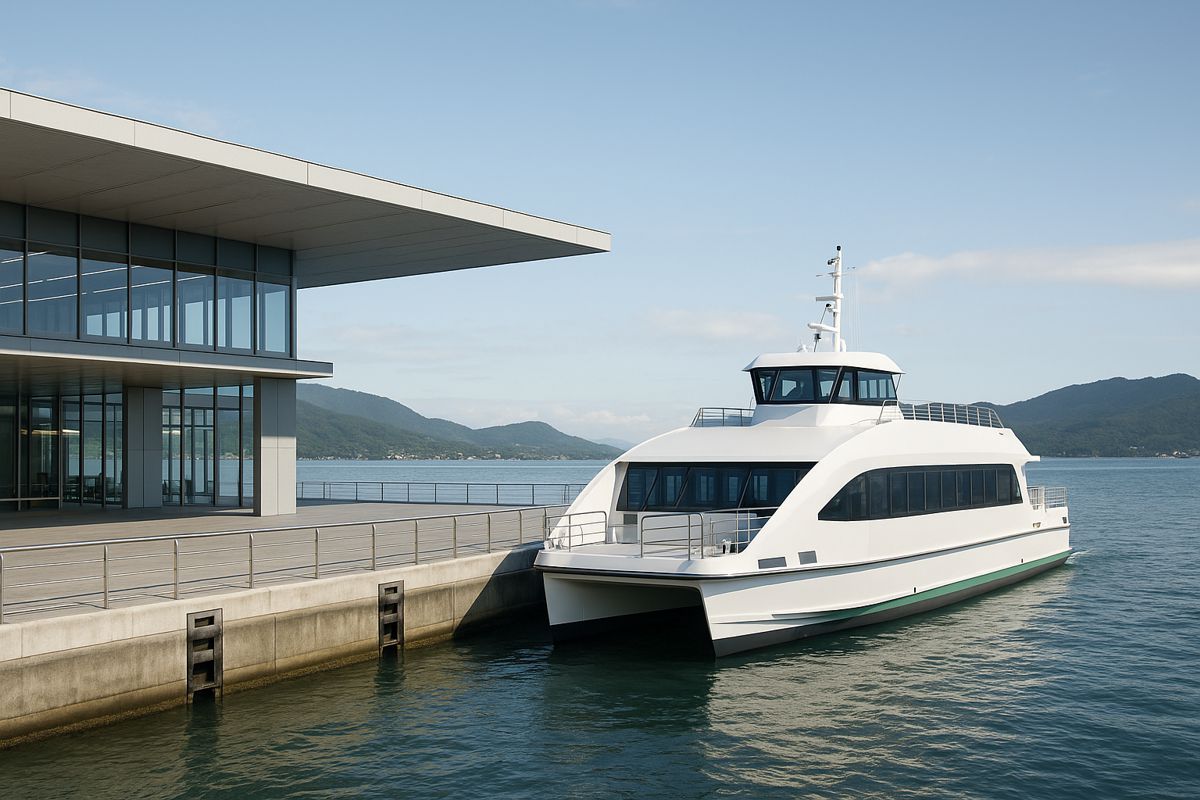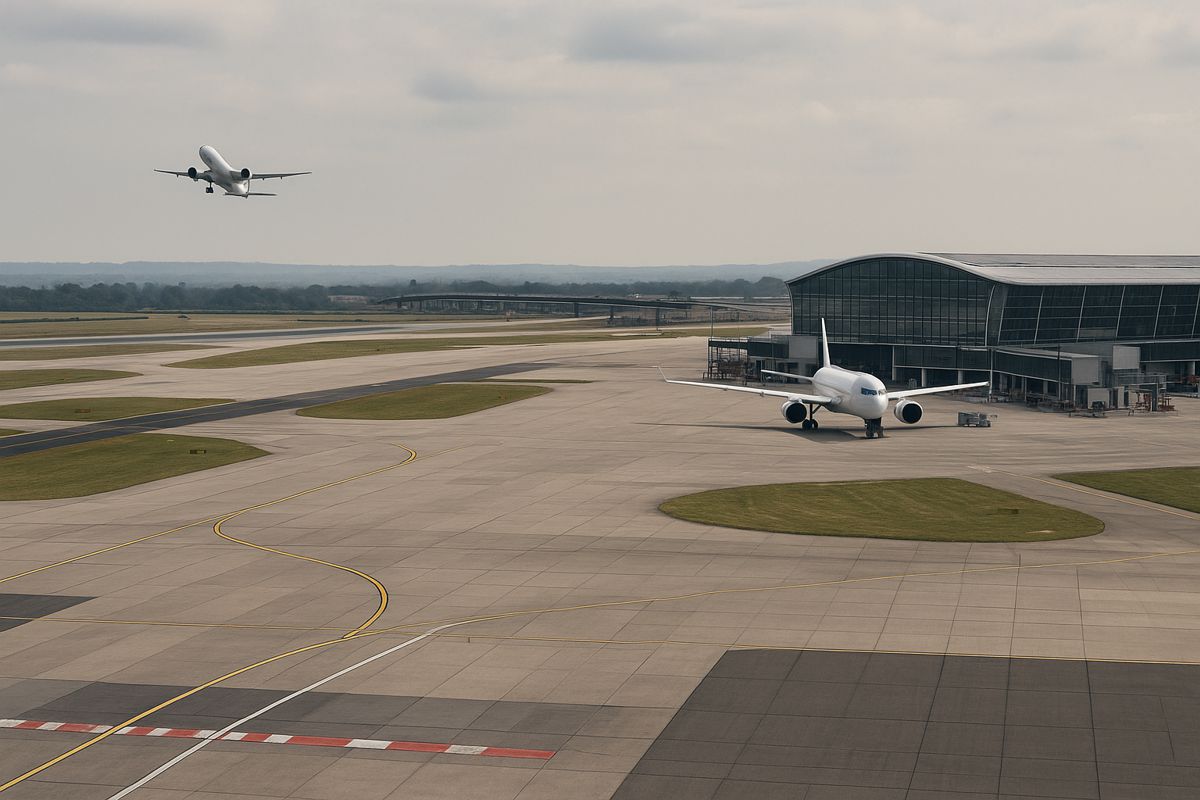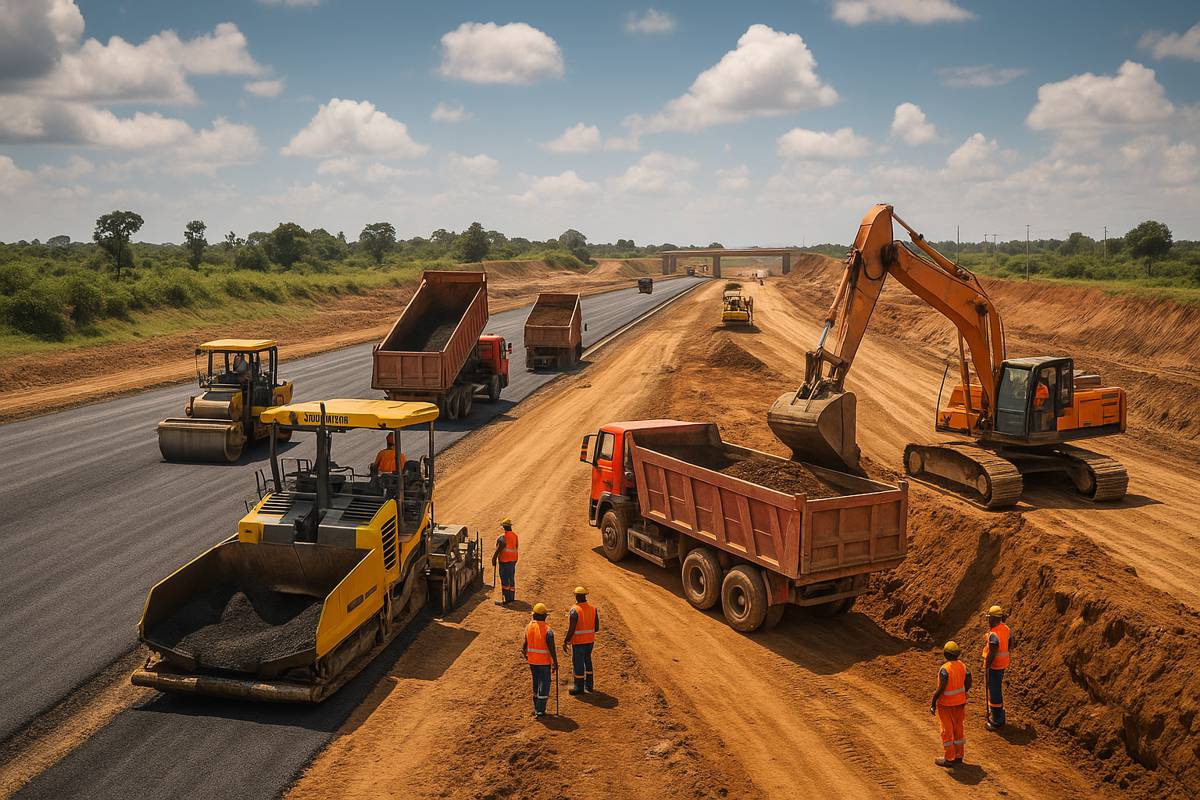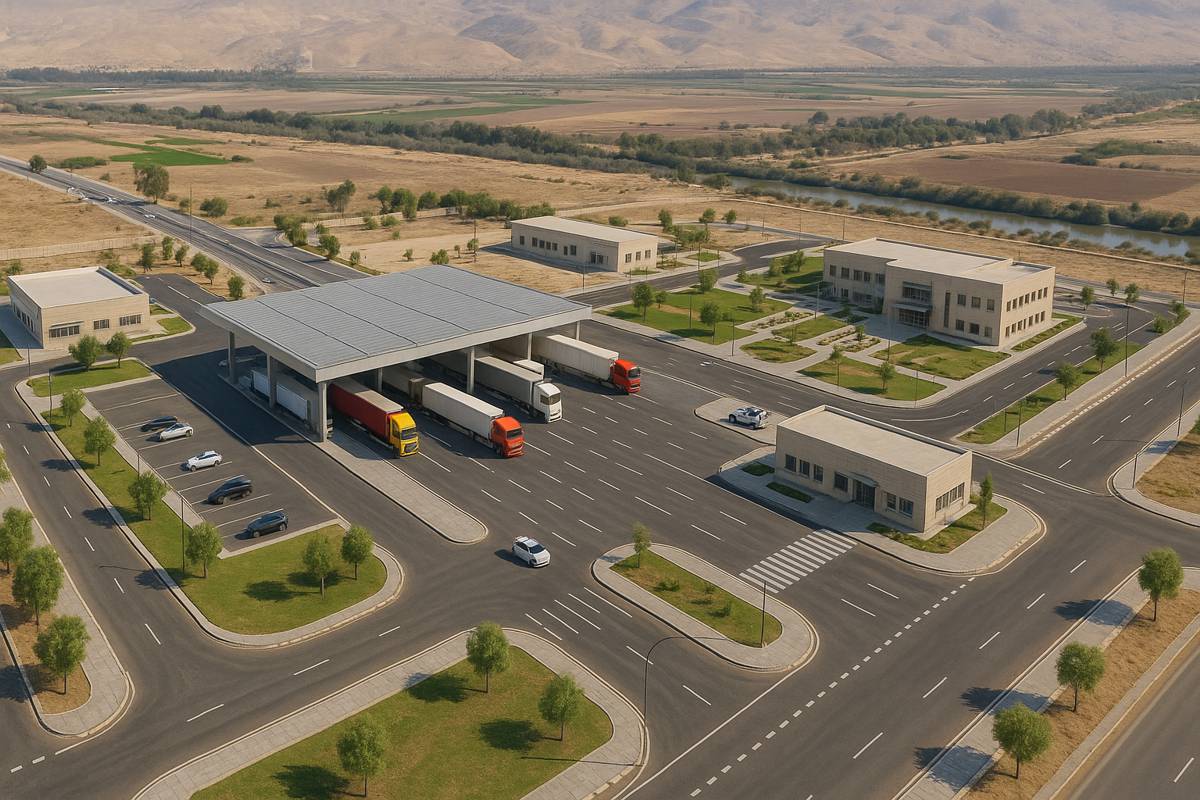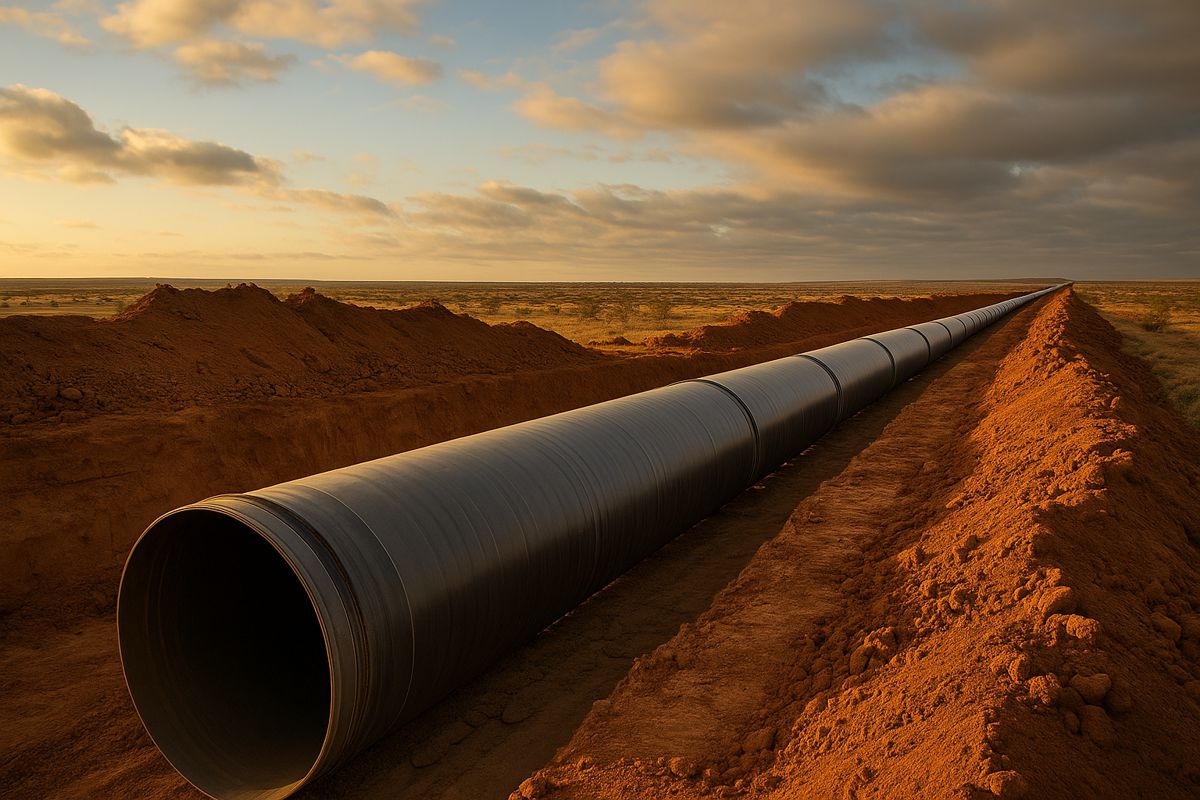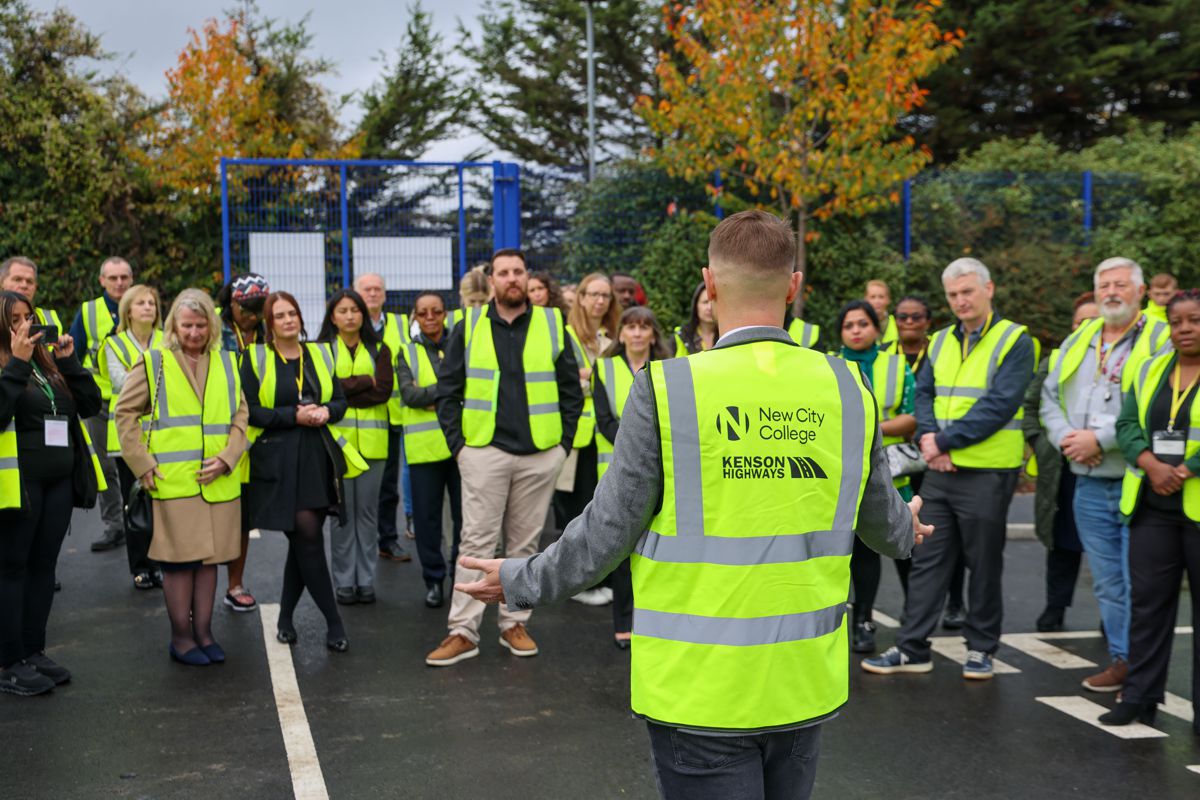Fleet Management is the Engine of Construction’s Digital Future
In today’s fast-moving world of off-highway construction, fleet management has quietly emerged as one of the most critical factors shaping the industry’s future. It may not command the same spotlight as autonomous driving or generative AI, yet it is increasingly recognised as the foundation upon which digital transformation in construction is being built.
In this interview, Martin O’Rourke, Director of Communications at Trackunit, explains why fleet management has become the backbone of profitability, sustainability, and efficiency on modern jobsites. He reflects on the discipline’s evolution from clipboards and spreadsheets to connected, data-driven platforms that are transforming how machines are deployed, maintained, and managed across the globe.
O’Rourke sets the stage with a clear message: “Fleet management is the foundation of modern construction. It keeps projects on schedule, budgets under control, and equipment performing at its peak.”
From Clipboards to Connected Machines
Traditionally, fleet management was fairly straightforward. Contractors, rental firms, and OEMs needed to know where their equipment was, who was operating it, and what condition it was in. The goal was simple: maximise uptime and reduce waste. But as O’Rourke explains, those days are long gone.
“Fleet management has evolved beyond clipboards and spreadsheets. Today, it’s a real-time, data-driven discipline,” he says. “We’re talking about insights on performance, efficiency, and predictive failure, all accessible in one connected ecosystem.”
The biggest leap forward has been the rise of connected equipment. Telematics and IoT now allow machines to transmit continuous data streams, location, fuel burn, idle time, fault codes, and more. Trackunit alone connects over three million devices and processes more than two billion data points daily.
The Data Revolution on Jobsites
This constant flow of data is reshaping how contractors, rental companies, and OEMs operate. O’Rourke highlights three core benefits:
- Contractors: Optimise deployment, rebalance assets, and avoid unnecessary rentals.
- Rental firms: Gain transparency into machine use, improving billing accuracy and maintenance cycles.
- OEMs: Capture real-world performance data to design better machines and support customers proactively.
“It’s no longer about reacting to breakdowns,” O’Rourke stresses. “With predictive analytics, we can anticipate failures and service machines before problems occur.”
McKinsey’s research backs this up: predictive maintenance can cut unplanned downtime by 50% and reduce costs by 25%. For construction companies, those percentages translate directly into profitability.
Smarter Maintenance, Greater ROI
The shift from reactive to predictive fleet management is one of the industry’s biggest breakthroughs. Instead of waiting for machines to fail, companies can schedule servicing during off-hours. Parts arrive with technicians already briefed on the issue, eliminating guesswork.
The result? Higher uptime, lower costs, and better return on investment. O’Rourke notes: “Every machine represents a significant capital outlay. Keeping those assets productive is fundamental to profitability.”
Sustainability and Emissions Control
Fleet management also plays a growing role in construction’s sustainability drive. By monitoring idling, fuel burn, and energy consumption, companies can spot inefficiencies and make swift corrections. Training operators to reduce idle time or using software to set limits can slash fuel consumption by as much as 20%.
“It’s a win-win,” O’Rourke explains. “Lower fuel use cuts costs and reduces emissions. For hybrid or electric fleets, monitoring charging cycles and battery performance is equally crucial.”
With global pressure mounting on the industry to decarbonise, connected fleet management is quickly becoming a vital part of compliance strategies.
Overcoming Integration Challenges
Not every company has fully embraced connected fleet management. Many firms still face hurdles such as fragmented systems or siloed data, especially when dealing with mixed fleets from multiple OEMs.
O’Rourke acknowledges the challenge: “Achieving a single view of asset health is tough when machines come from different manufacturers. That’s why open, interoperable platforms are so important.”
Beyond technology, culture also plays a role. Teams must be trained to understand and act on the insights fleet data provides. “Technology alone isn’t enough. People need to be empowered to make decisions based on what the data tells them,” he adds.
The Road Ahead: Autonomous Fleet Intelligence
Looking to the future, O’Rourke believes fleet management will only become smarter and more autonomous. Machine learning will predict breakdowns, optimise scheduling, and recommend redeployments automatically. Integration with ERP systems, safety platforms, and carbon reporting tools will position fleet management as a central nervous system for operations.
“We’re heading towards a world where over-the-air updates keep fleets compliant and up to date,” O’Rourke says. “This kind of agility will be essential as regulations tighten and costs rise.”
The vision is clear: efficient, connected, and proactive fleet management won’t be a nice-to-have, it will be a business necessity.
Building a Resilient Industry
Construction faces rising costs, labour shortages, and sustainability challenges. In this landscape, every hour counts and every machine matters. Fleet management may not be glamorous, but it’s increasingly recognised as the backbone of a resilient, efficient, and competitive industry.
O’Rourke concludes with a forward-looking perspective: “The companies that master fleet management will be the ones that thrive. It’s about speed, intelligence, and adaptability, and those who embrace it will lead the future of construction.”
